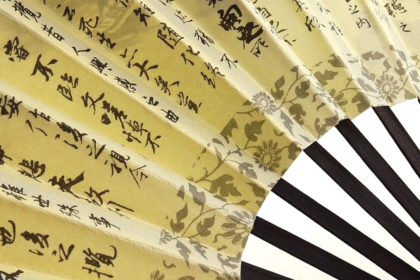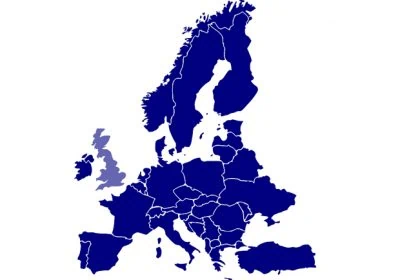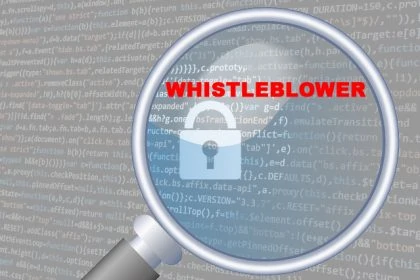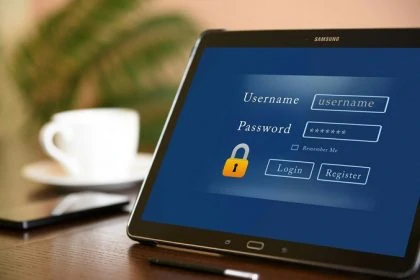With effect from 1 November 2019, amendments to the guidelines for patent examination in China have entered into force. The changes include GUI designs, divisional applications and patents on stem cells. Above all, however, a new patent examination for key technology will be offered as a collective examination.
 The official goal according to the China National Intellectual Property Administration (CNIPA) is to improve the quality and efficiency of patent examination.
The official goal according to the China National Intellectual Property Administration (CNIPA) is to improve the quality and efficiency of patent examination.
On November 1, 2019, amendments to the guidelines for patent examination in China came into force, which were adopted by CNIPA for various aspects of patent applications.
In particular, CNIPA highlights the Joint Patent Examination pilot project, the so-called “Administrative Regulations of Collective Patent Examination”. It is stated that this collective examination and also accelerated Chinese patent examination will apply to important competitive sectors of the country or to areas of great interest to China.
CNIPA replaces SIPO
In August 2018, the former Chinese Patent and Trademark Office – the State Intellectual Property Office of China (SIPO) – was restructured and renamed CNIPA. CNIPA is under the authority of a newly established State Administration for Market Surveillance and Administration.
Please also read our article: Missed time limits in China? Restoration possible before CNIPA
Changes in Patent Examination in China
In two press releases, CNIPA has outlined the most important aspects of the changes in patent examination in China.
Joint patent examination in China
As a pilot project, the so-called “Administrative Regulations of Collective Patent Examination” offers a new patent examination for key technology as a collective examination. This type of collective examination is intended for important competitive sectors in the country.
Patent applications in China for which a collective examination is to be requested must meet the following requirements:
- the patents concern a key technology for China or a competitive industry;
- it must be a group of patents, at least 50 applications in the same group;
- the group of invention patent applications to be examined has all initiated a substantive examination procedure and the date of initiation of the substantive examination procedure for these patent applications may not exceed one year;
- no prioritized examination or PPH examination has been requested for the patent applications
Excluded are all patent applications which were filed simultaneously as utility models as a so-called double application strategy. This even applies if key technologies or industries are affected.
Advantage of collective patent examination in China
Ultimately, the new collective examination may lead to accelerated patent grant. The amendments to the patent examination explicitly describe a coordinating role for the applicant after approval of the collective examination. Once the joint examination has been approved, the applicant actively cooperates with the Patent Office. This should include the provision of relevant technical materials and technical briefing meetings with examiners.
Complaint during the examination procedure
If an action is brought during the examination procedure, the new rules provide for the same time for replying to the action as for a normal patent application. The Examining Division usually begins the examination of an application after 3 months after entering the substantive examination phase.
GUI Design Registration
The new GUI Design Registration unifies the requirements for title and short description related to the registration of Graphical User Interfaces (GUI). The title must indicate the main use of the GUI design and associated product. At least one graphical projection view of the display panel or product page in animated GUI shall be provided as a front view. For other states, key frames shall be submitted which can uniquely determine the changing order of the animation patterns.
Divisional Application
A divisional application based on an earlier divisional application to which an examiner objects is admissible only if the earlier divisional application is still pending. Otherwise, a divisional application may be filed with another divisional application only on the basis of the first application.
Human embryonic stem cells
Human embryonic stem cells are not seen and recognised as the human body at all stages of their formation and development. An invention using stem cells separated from human embryos and with less than 14 days in vivo development cannot be rejected under the new rules on the grounds of “violation of social morality”.
Delayed investigation
An applicant for an invention may, at the time of the request for a substantive examination, file a request for a delayed examination; an applicant for a design may, at the time of the filing of the design application, file a request for a delayed examination. The examination may be delayed by one year, two years or three years from the date on which the request takes effect.
Would you also like to protect or defend your patent in China?
Our lawyers are experienced in trademark and patent law, national and international law – including China.
Please contact us if you are interested.

Sources:
Image:
Bru-nO / www.pixabay.com / CCO License







Leave a Reply